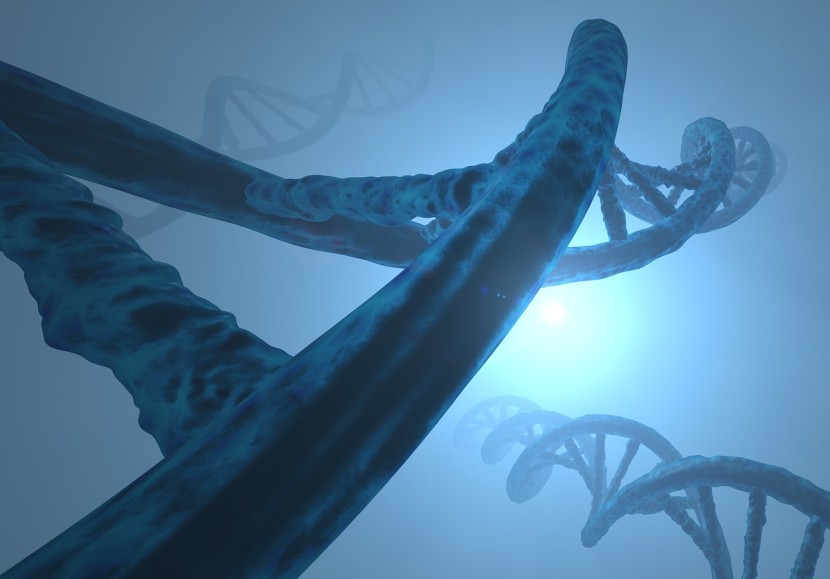
Dry climatic conditions are crucial to the emergence of life on Earth, which was just as important in periods drenched in water.
Wet, Dry Climatic Conditions Create Life Molecules
The origin of life on Earth from such a random collection of non-living compounds remains a vexing mystery. Experimental studies could show how essential points may have happened, but for each step forward, there are bewildering setbacks, Science Alert reported.
Water, for example, appears to be an integral part of existence right from the start. And still, the process of producing a few of life's most essential components does have a maddening antipathy toward getting soaked.
University of Wisconsin Madison biochemical engineer John Yin added that amino acids are building blocks of proteins needed for life, noted News Wise.
In prebiotic chemical reactions, this has long been a concern how to get all this stuff to create bonds and strings in a way that could ultimately lead to something like a living cell. This same concern is challenging because the specific chemical composition involved tends to underperform in the presence of water.
A leading hypothesis since the time of Charles Darwin is that life popped up from a wet 'chemical soup,' making it more challenging to resolve the accurate role water could act in the beginnings of those first prolonged, self-replicating reactions.
Emergence of Life Molecules
Hayley Boigenzahn of the University of Wisconsin-Madison researched a simulation model of a changing environment.
One that fluctuates with both wet and dry conditions and is easily copied in nature by tidal and day/night phases, in addition to modifying weather. They experimented with utilizing amino acids, which proved relatively easy to produce innately (DOI.Org).
Even as building blocks of enzyme components that can undertake the mechanical energy of living systems inside the resulting formations, enzymes are indeed a sound wager for playing a significant role in early forms of genetics.
Regrettably, getting some of these units to link into longer chains is a significant challenge. The scientists in this example used the amino acid glycine. They then added trimetaphosphate, a naturally occurring chemical compound found in volcanoes, to their soup.
Ultimately, the soup has been seasoned with sodium hydroxide (NaOH) to boost its ph level. During the first hour of the test, glycine combined to create a two-unit molecule called a dimer. The aforementioned reaction requires protons, which in turn negate the pH required for dimerization to happen, successfully preventing the complete process.
A cycle of adjustments in both dry and wet environments may cause the compound to grow into further structural proteins, some of which might stimulate other life-supporting chemical reactions.
Participants noted that such reaction mechanisms have indeed been known for a long time, and the fact that there has been limited recognition of the connection between each other suggests that it may be beneficial to pay additional attention to the impact of suggested synbiotic expressions on their environment, in addition to the effects of the environment on the reaction.
Even though there is still a lot to learn, once we truly understand the mechanisms which offer ascent to life, this may pave the way for new, more potent chemistry-based innovations. Dry climatic conditions and a wet on were essential to the emergence of life on Earth.
Related Article: New Dolphin Species Evolve in Pacific Ocean, While Another Finding Reveals Dolphins May Get Alzheimer's Disease, Too!







